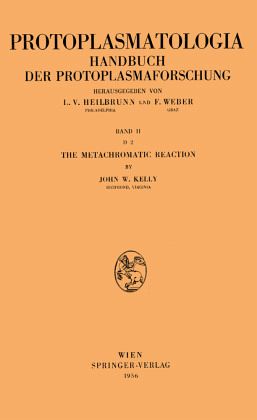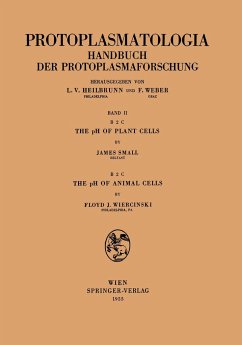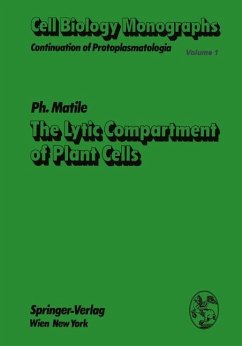
The Metachromatic Reaction

PAYBACK Punkte
20 °P sammeln!
C. Chemistry 66 D. Medicine 67 Theories of Metachromasy 68 A. Optical Illusion 68 B Impurc Dyes 69 C. Dye Bases 69 D. Tautomers 70 E. pH-Indicators 72 F. Colloidal Theories 72 G. Dimerization and Polymerization 73 H. The Current Status ?4 Physiological Implications of Chromotropes 76 A. Some Properties of Polyacidic Colloids 77 B. Integrity of Connective Tissue 78 C. Blood Clotting 80 D. Cellular Activation and Inhibitiou 81 E. Metaphosphate (Volutin) ..... 82 F. An Evaluation of the Metachromatic Reaction 82 Acknowledgments 84 References 85 Introduction Metachromasy exists when a pure dye sta...
C. Chemistry 66 D. Medicine 67 Theories of Metachromasy 68 A. Optical Illusion 68 B Impurc Dyes 69 C. Dye Bases 69 D. Tautomers 70 E. pH-Indicators 72 F. Colloidal Theories 72 G. Dimerization and Polymerization 73 H. The Current Status ?4 Physiological Implications of Chromotropes 76 A. Some Properties of Polyacidic Colloids 77 B. Integrity of Connective Tissue 78 C. Blood Clotting 80 D. Cellular Activation and Inhibitiou 81 E. Metaphosphate (Volutin) ..... 82 F. An Evaluation of the Metachromatic Reaction 82 Acknowledgments 84 References 85 Introduction Metachromasy exists when a pure dye stains a tissue section in a hue perceptibly different from the color characteri,s.fically associated with the dye. Thus, a dilute solution of toluidine blue i8 blue. Cell nudei and certain basophilic components of the cytoplasm are stained in this color. A number of other histological elements are stained red by toluidine blue. The laNer is the metachromatic color of the dye. Both extremes of color, as well as intermediate hues, may prevail in the same histological pre paration.














